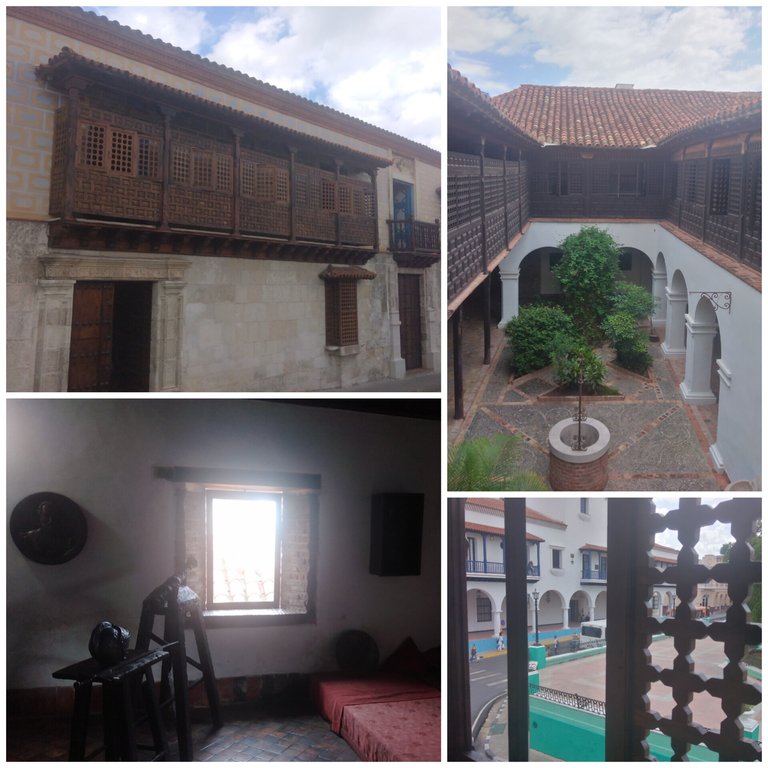
VERSIÓN EN ESPAÑOL (click aquí)
No podría recordar la cantidad de veces que he pasado a sus alrededores ni aunque quisiera. Uno de los lugares emblemas de la ciudad de Santiago de Cuba, y de todo el país, y nunca me había motivado a atravesar sus puertas. Quizás por la sensación de que siempre va a estar ahí y luego tendremos tiempo es que los locales no apreciamos muchas veces las historias y lugares de nuestras ciudades. Cometemos el pecado de asumir lo maravilloso como cotidiano. Decido a comenzar a saldar esas deudas pendientes me dirigí hasta la casa de Diego Velázquez, la más antigua que hoy se conserva en la isla de Cuba y donde se encuentra hoy el Museo de Ambiente Histórico Colonial Cubano.
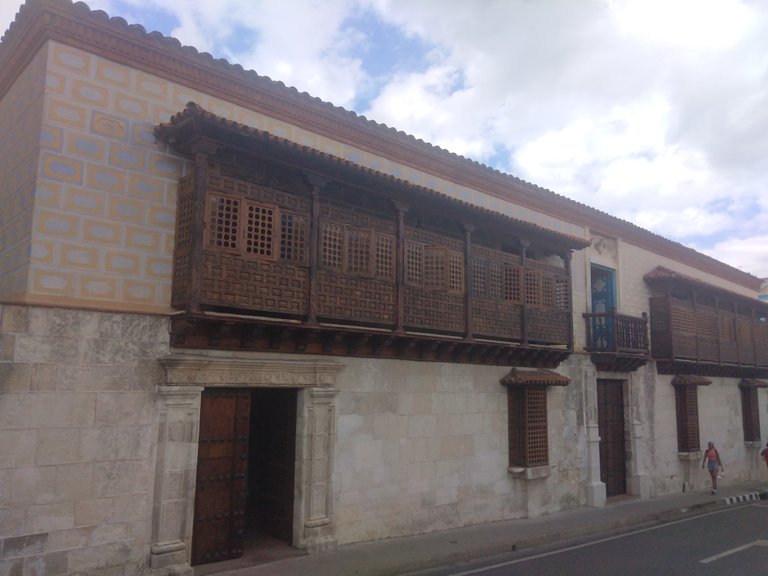
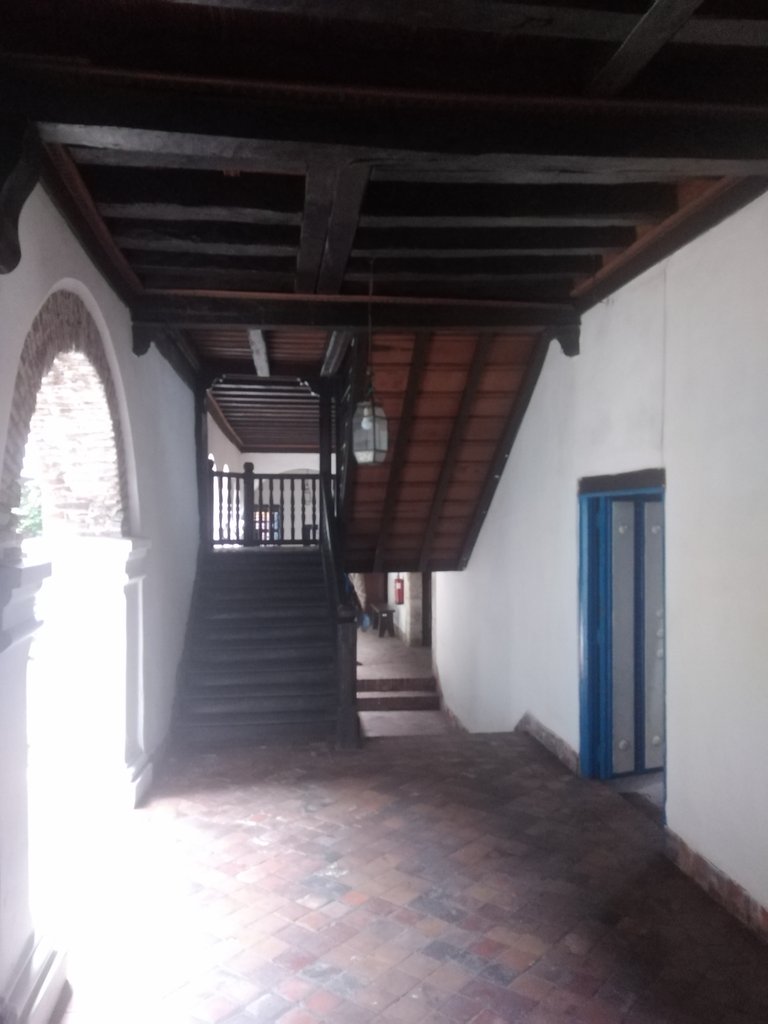
La casa de Diego Velázquez se encuentra en el casco histórico de la ciudad, en uno de los lados del parque Céspedes. Y es algo curioso que el de Santiago de Cuba es uno (sino el único) de los cascos históricos que está abierto a la circulación vial.
Esta edificación donde vivió y murió Diego Velázquez fue construida entre 1516 y 1530, cuenta con dos pisos y fungió como morada de los Gobernadores en la planta alta. Mientras tanto en su primer piso funcionó la Casa de Contratación y Comercio donde existía un horno para fundir oro.
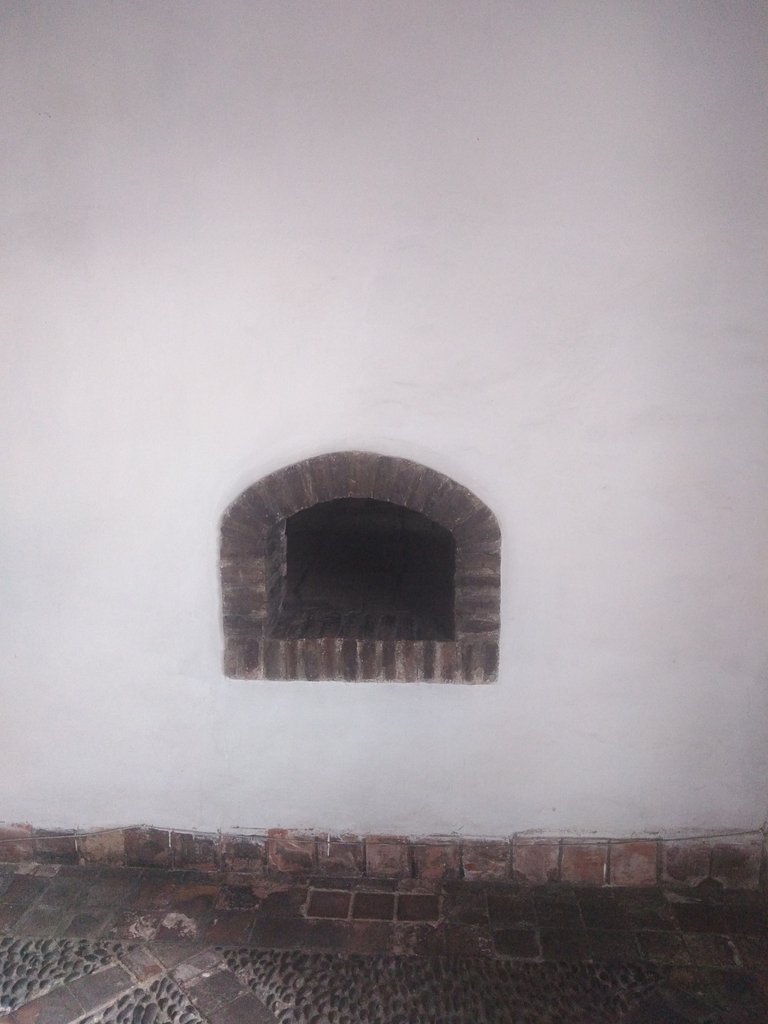 | 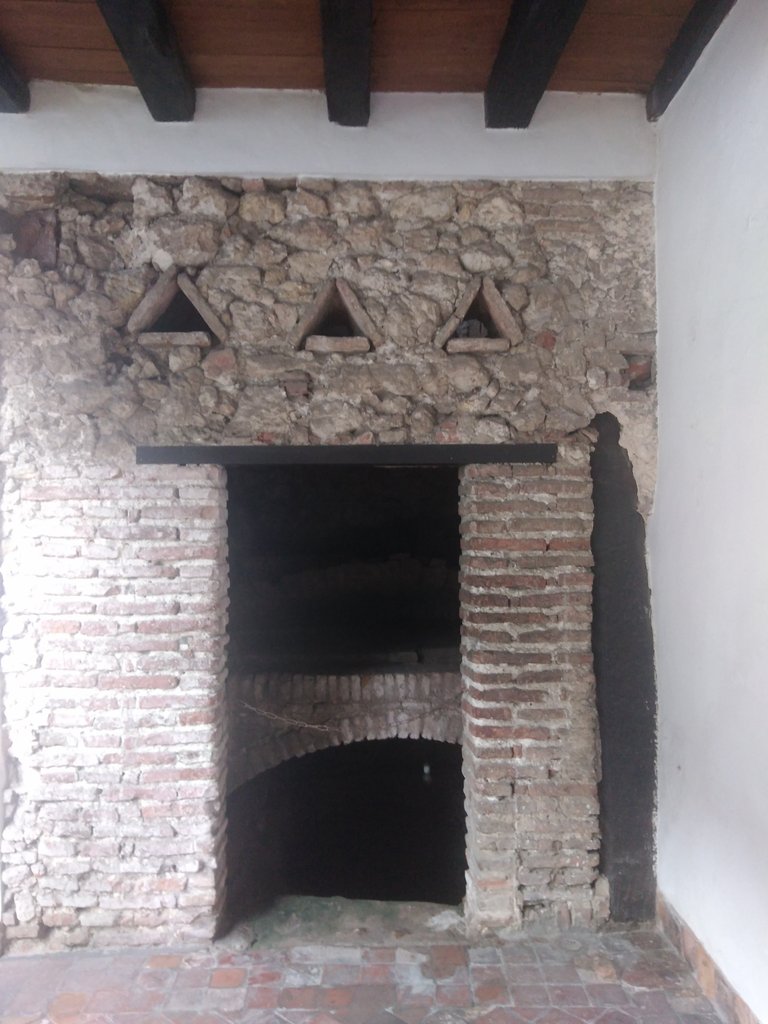 | 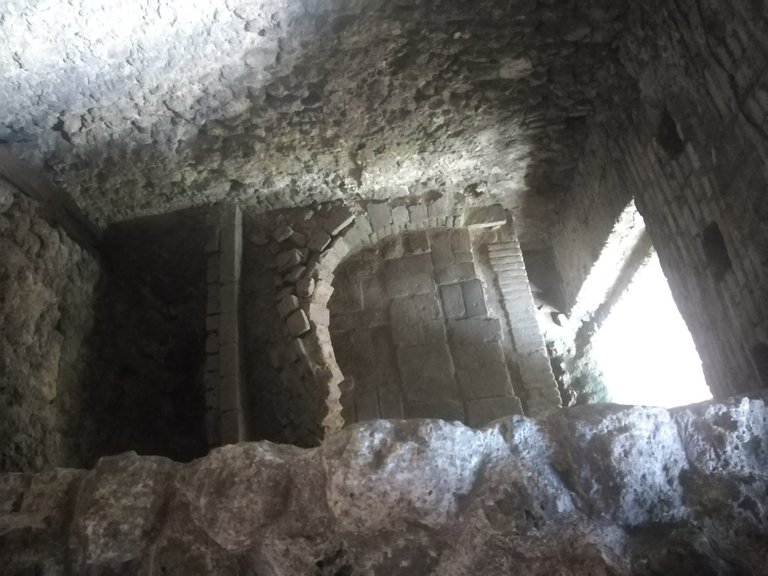 |
|---|
La construcción del inmueble es bastante sólida y tiene en su interior diseños influenciados por la cultura árabe. Con diferentes detalles en el techo y un piso, en su segundo piso, recubierto con bloques de barro y cera que dan una visualidad peculiar y colorida.
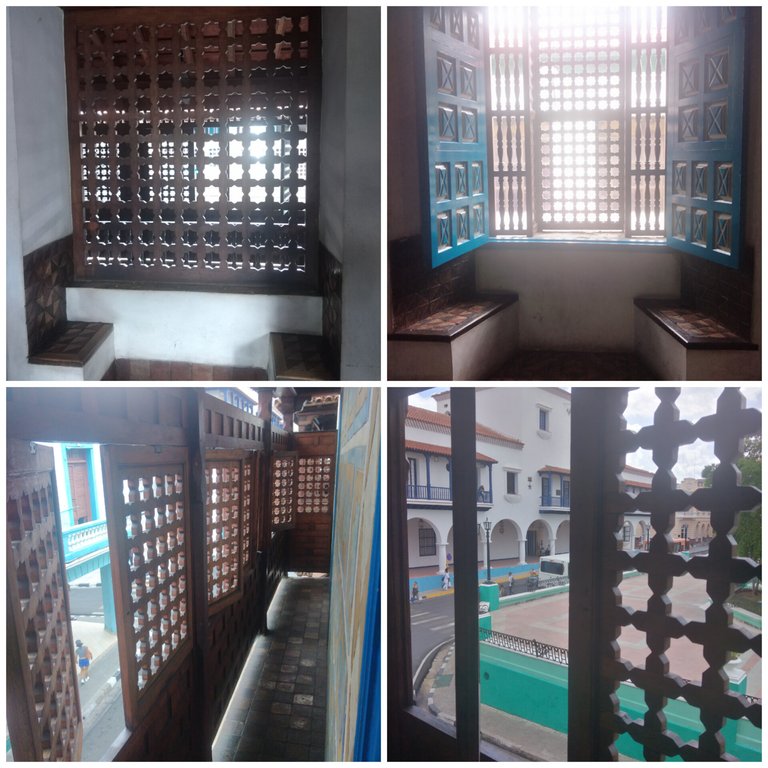
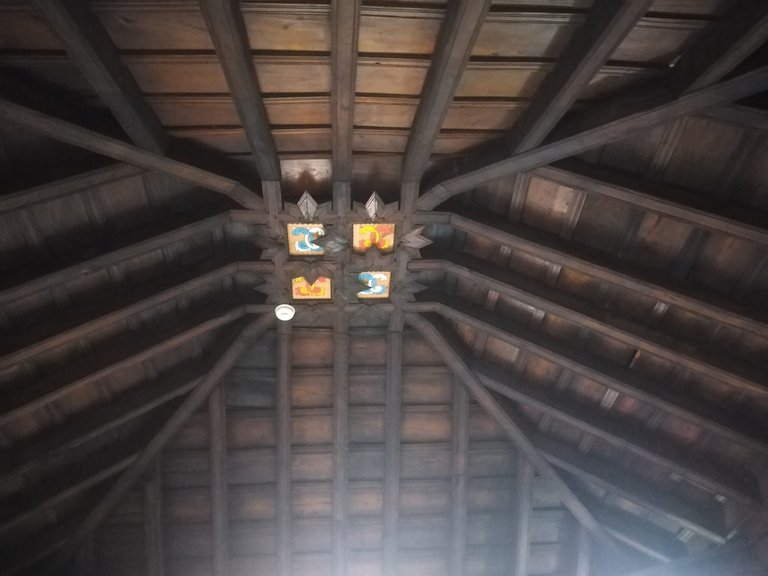

Como se puede ver en las siguientes imágenes, desde la ventana de esta habitación se obtenía una vista amplia de toda la bahía de Santiago de Cuba y se disponía de pequeños cañones para una posible defensa o señal de aviso. Como se puede observar, la modernidad, el crecimiento de la ciudad y sus nuevas edificaciones han bloqueado esa magnífica vista que debió tener el conquistador.
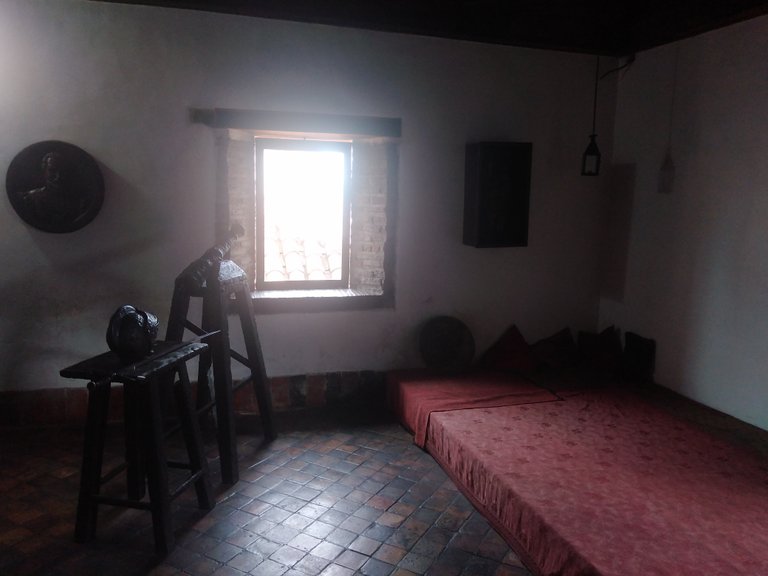
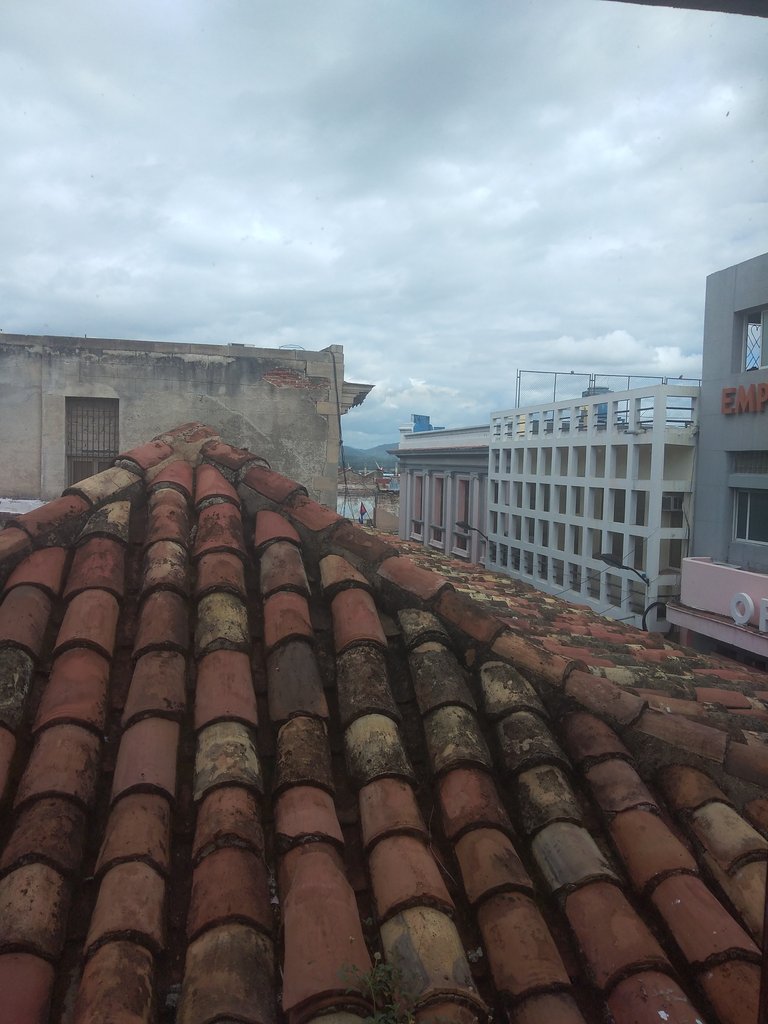
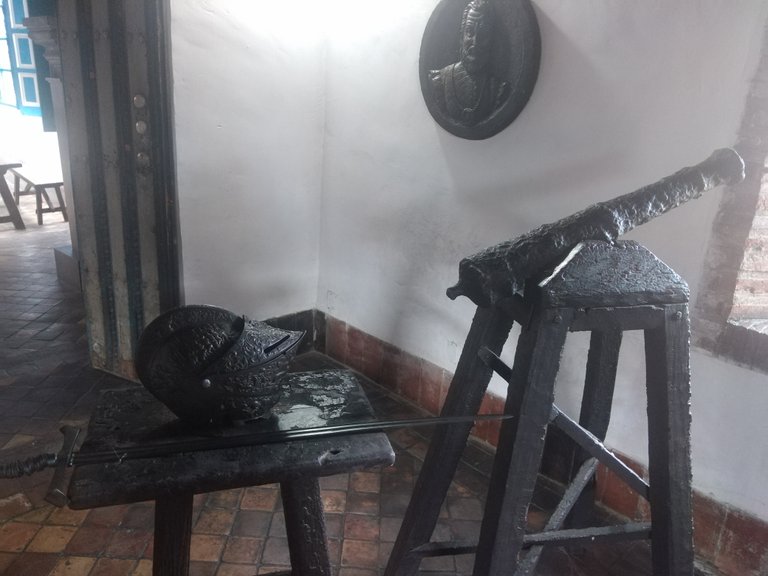
Si bien no se conserva mobiliario original excepto algunas puertas, cuando se constituyó el museo se le dotó de diferentes mobiliarios coloniales pertenecientes a los diferentes siglos de esta etapa. Esto da gran valor histórico y nos permite transitar a través de la evolución de las costumbres. El impacto visual que recibes a través de los diferentes espacios sin dudas es otro plus para visitar este lugar y hacer o hacerte diferentes fotos.
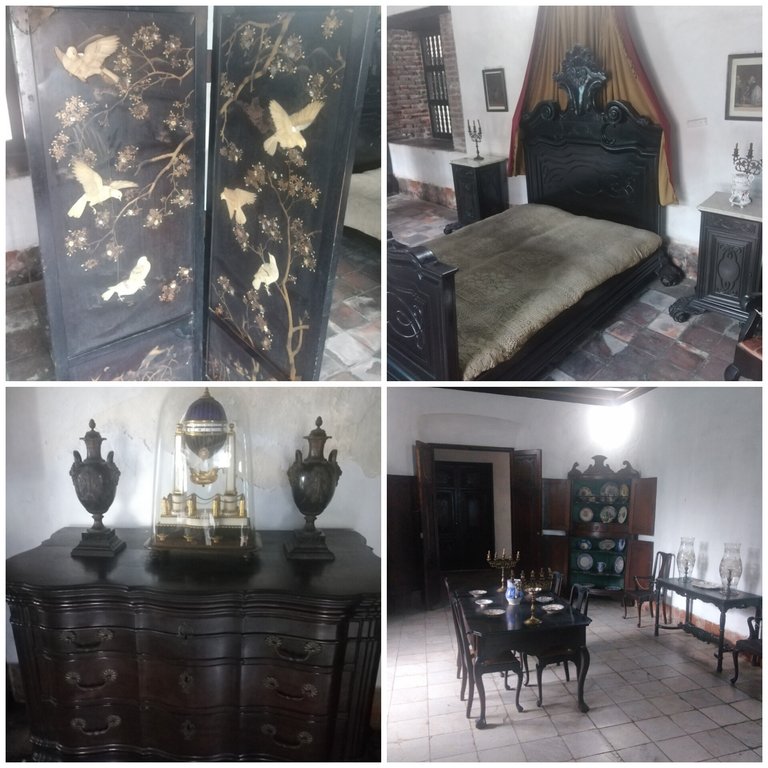
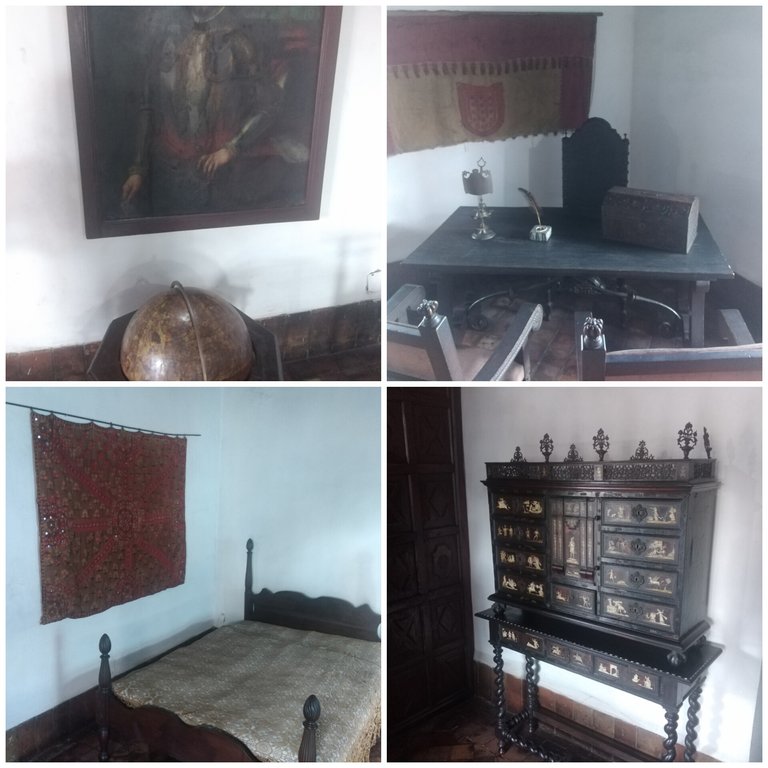
Muchas piezas están adornadas con carey, marfil y bronce cromado, además de ser de maderas preciosas.
La vista interior del patio es otra preciosidad.
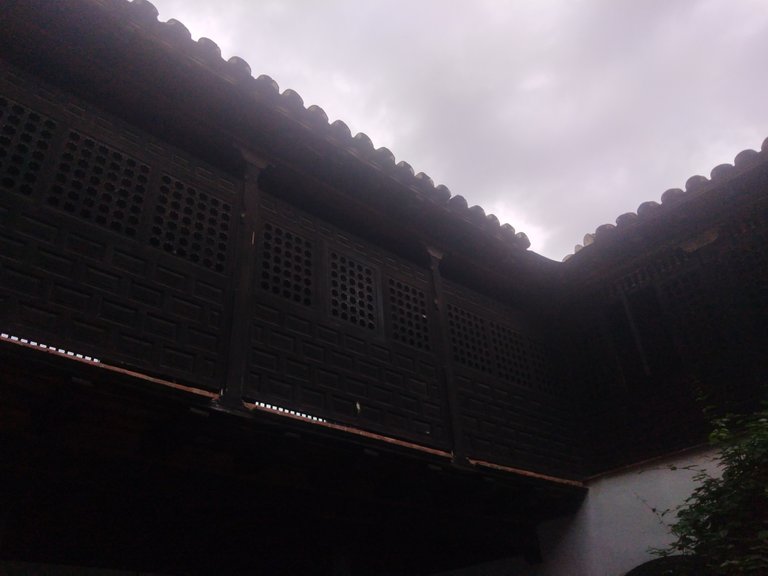
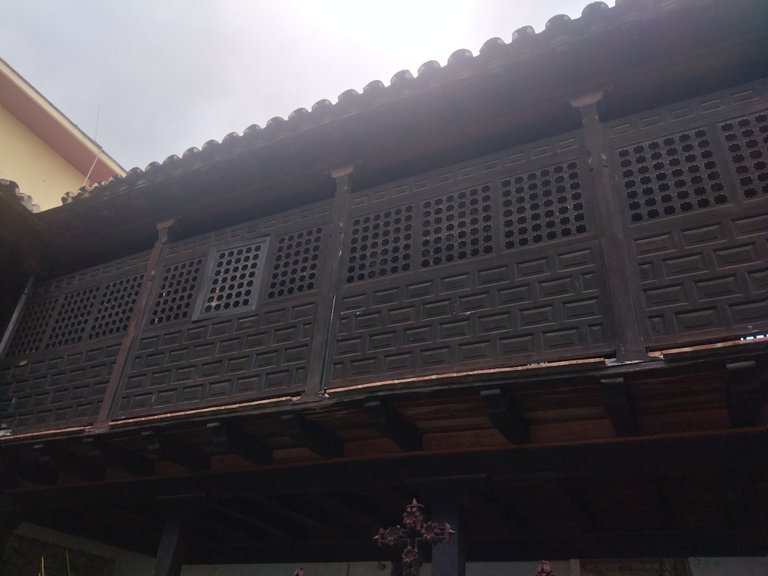
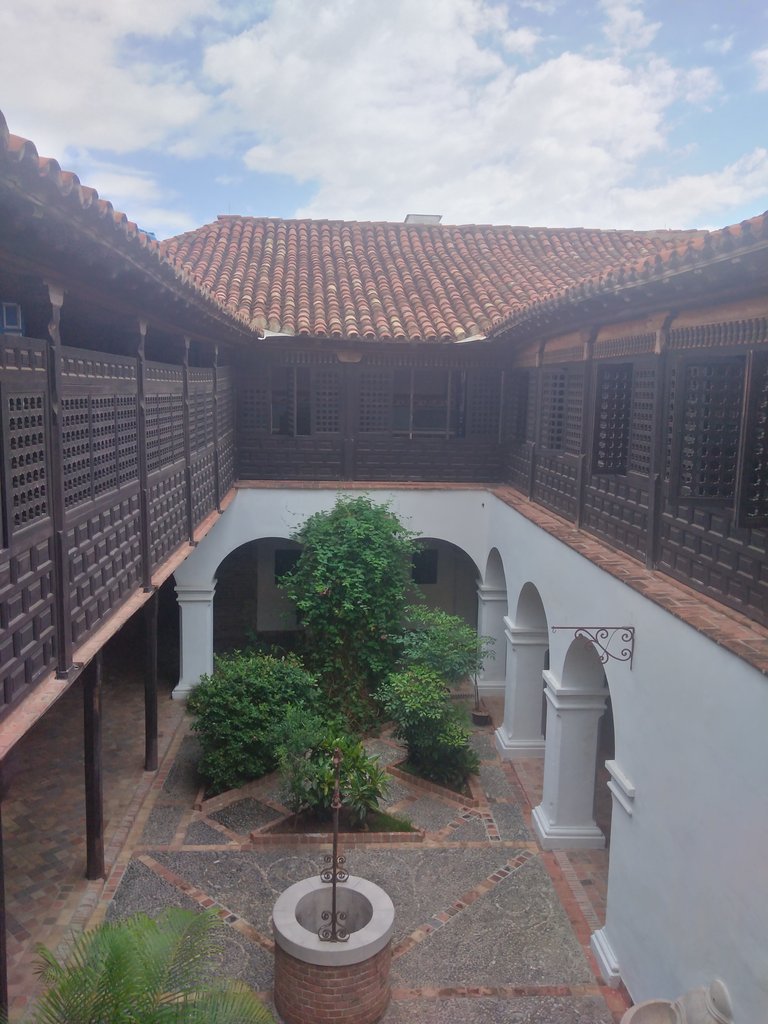
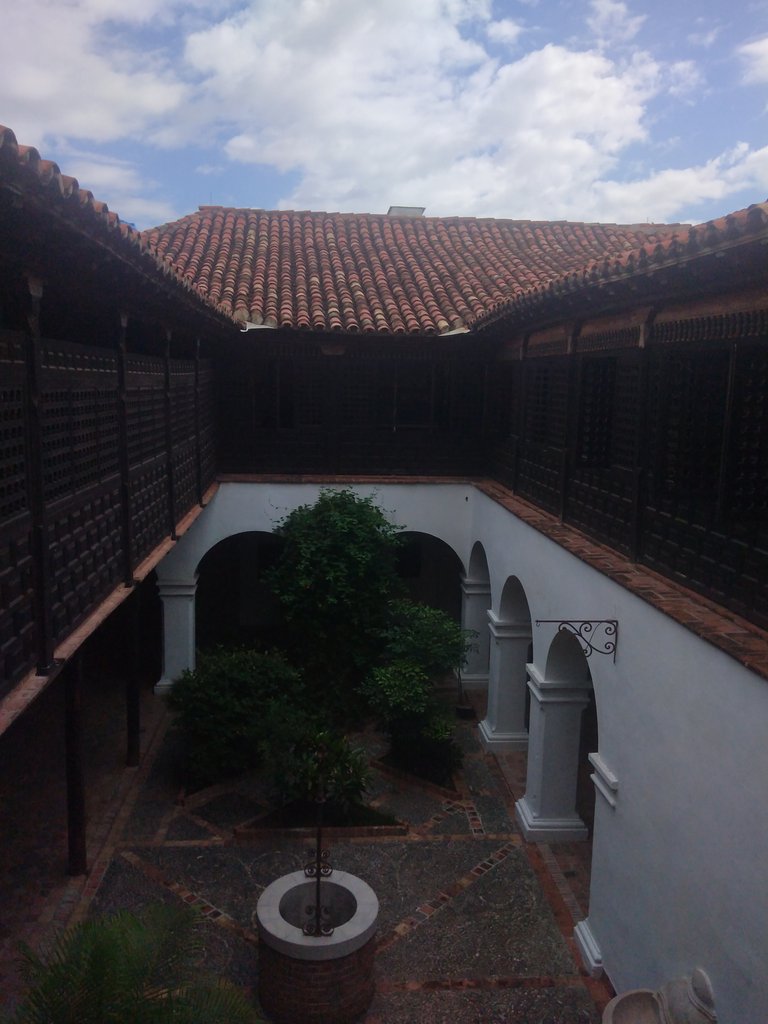
En algunas secciones aun se conserva la pintura original (del momento en que se restauró por primera vez como patrimonio en 1940) a partir de la cual copiaron los diseños.
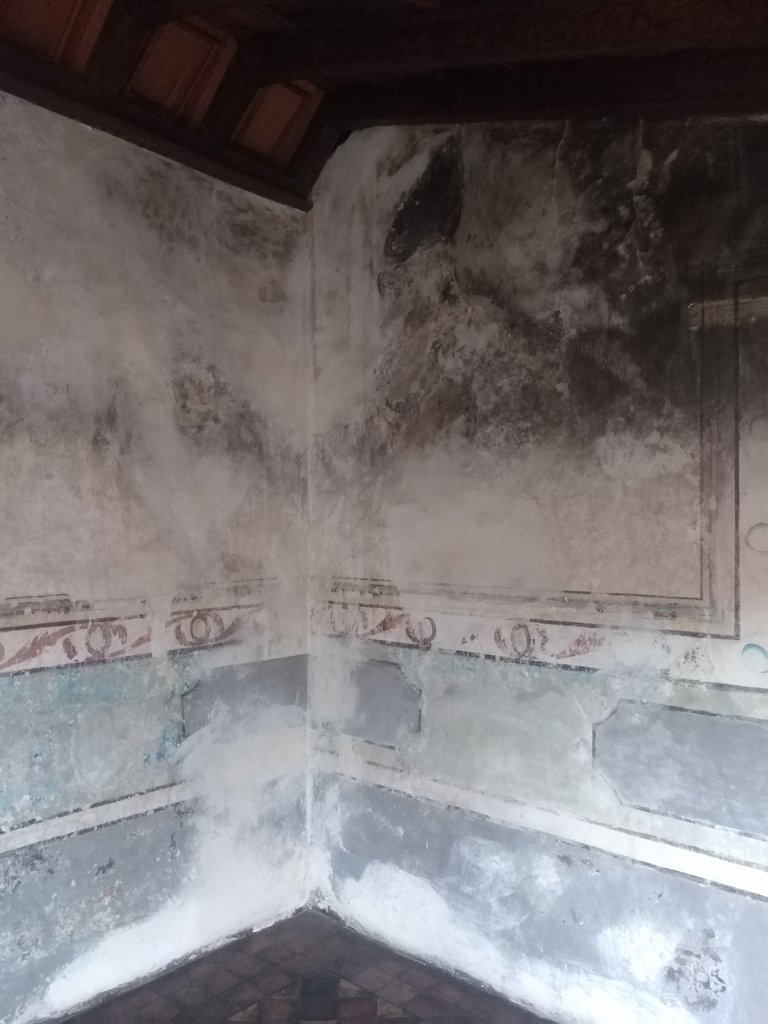
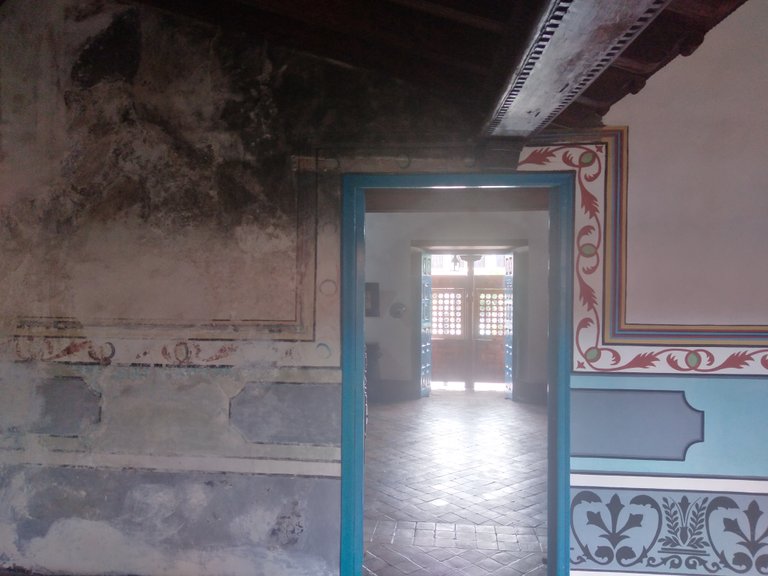
Junto a la Casa de Diego Velásquez (declarada monumento nacional) se encuentra otro inmueble del siglo XIX que también pertenece al museo que tiene notables valores arquitectónicos.
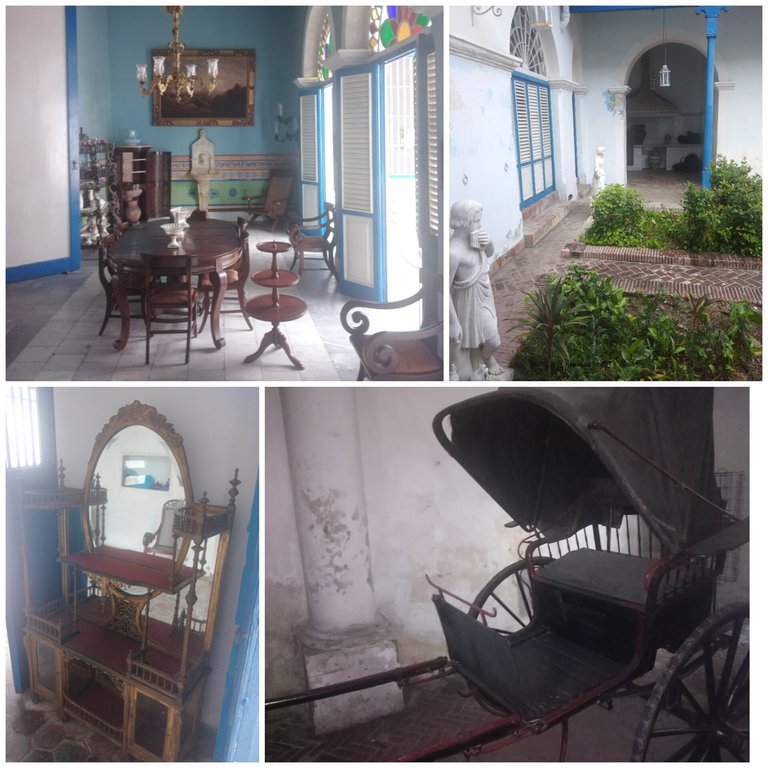
Sin embargo, tengo que hablar de algunos detalles que no me gustaron. En primer lugar, se puede observar en esta segunda casa perteneciente al museo como no se realizan labores de restauración hace un buen tiempo. Esto puede poner en peligro la conservación y valor patrimonial del inmueble. Lo otro, es que algunas de las guías parecen haber aprendido solo la información básica del recorrido, muchas veces no tienen respuesta a preguntas o dudas que puedan surgir.
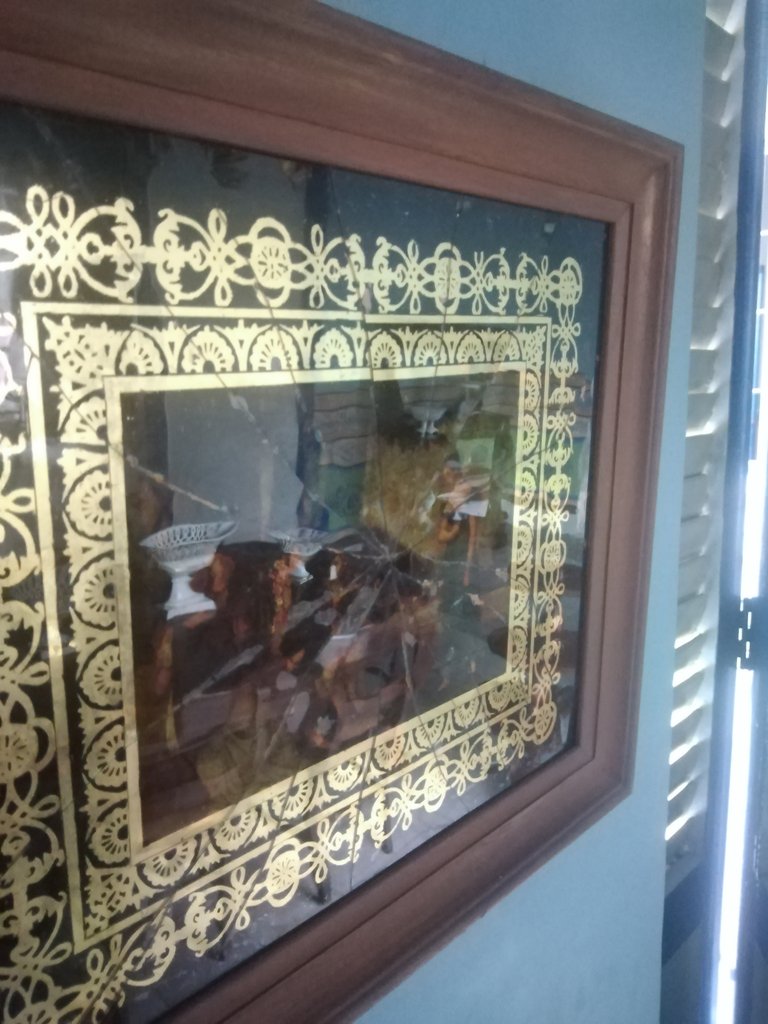
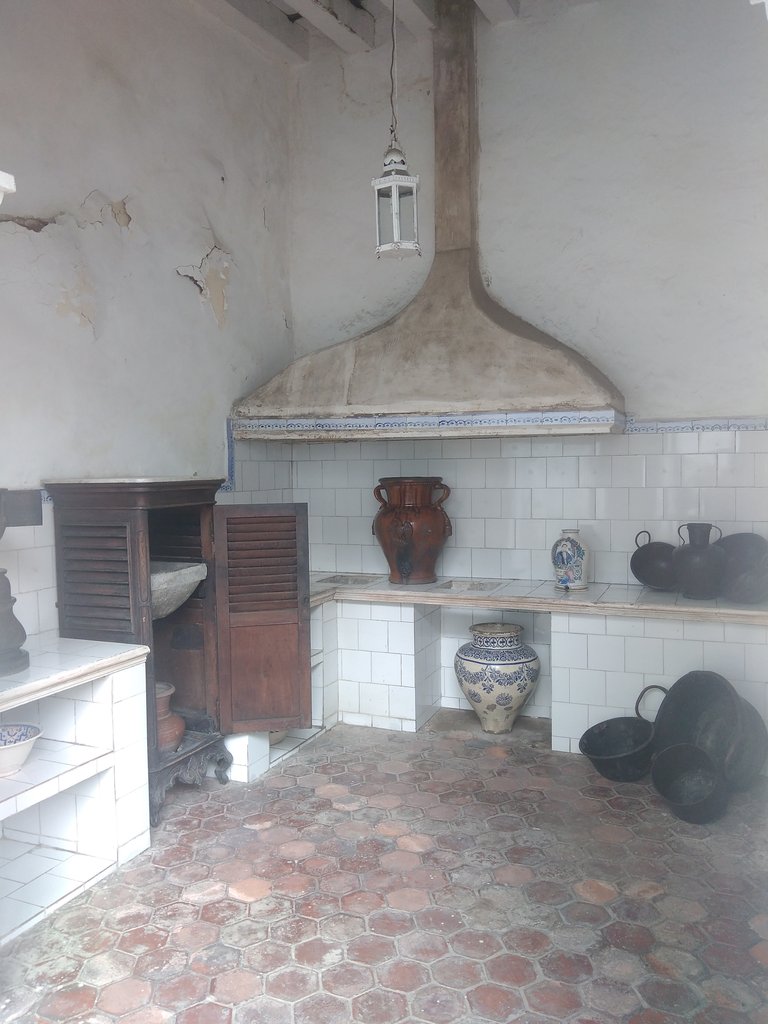
Espero que como yo hayan disfrutado de esta visita a la Casa de Diego Velázquez, sin dunda un lugar hermoso y que estoy feliz de tachar de la lista de pendientes de mi ciudad.
Todas las imágenes son de mi propiedad
I couldn't remember the number of times I've passed by its surroundings even if I wanted to. One of the emblematic places of the city of Santiago de Cuba, and of the whole country, and it had never motivated me to go through its doors. Perhaps due to the feeling that it will always be there and we will have time later is why locals often do not appreciate the stories and places of our cities. We sin by assuming the wonderful as ordinary. Deciding to start settling those outstanding debts, I headed to the house of Diego Velázquez, the oldest one preserved on the island of Cuba and where today the Museum of Cuban Colonial Historical Environment is located.


The house of Diego Velázquez is located in the historic center of the city, on one side of Céspedes Park. It is curious that Santiago de Cuba is one (if not the only one) of the historic centers that is open to vehicular traffic. This building where Diego Velázquez lived and died was built between 1516 and 1530, has two floors, and served as the residence of the Governors on the upper floor. Meanwhile, on the first floor, the House of Contracting and Commerce operated where there was a furnace for melting gold.
 |  |  |
|---|
The construction of the building is quite solid and has interior designs influenced by Arab culture. With different details on the ceiling and a floor, on its second floor, covered with mud and wax blocks that give a peculiar and colorful visuality.



As can be seen in the following images, from the window of this room, you got a wide view of the entire bay of Santiago de Cuba and there were small cannons for possible defense or warning signals. As you can see, modernity, the city's growth, and new buildings have blocked that magnificent view that the conqueror must have had.



Although no original furniture is preserved except for some doors, when the museum was established, it was furnished with different colonial furniture belonging to the different centuries of this period. This gives great historical value and allows us to move through the evolution of customs. The visual impact you receive through the different spaces is undoubtedly another plus to visit this place and take or make different photos.


Many pieces are adorned with tortoiseshell, ivory, and chromed bronze, as well as precious woods. The interior view of the courtyard is another beauty.




In some sections, the original painting is still preserved (from the time it was first restored as a heritage in 1940) from which the designs were copied.


Next to the House of Diego Velázquez (declared a national monument) there is another 19th-century building that also belongs to the museum, which has remarkable architectural values.

However, I have to mention some details that I did not like. First, you can see in this second house belonging to the museum how no restoration work has been done for a long time. This could endanger the preservation and heritage value of the property. The other thing is that some of the guides seem to have only learned the basic information about the tour, often not having answers to questions or doubts that may arise.


I hope you have enjoyed this visit to the House of Diego Velázquez, just like I did, without a doubt a beautiful place, and I am happy to cross it off the pending list of my city.
All images are of my property
